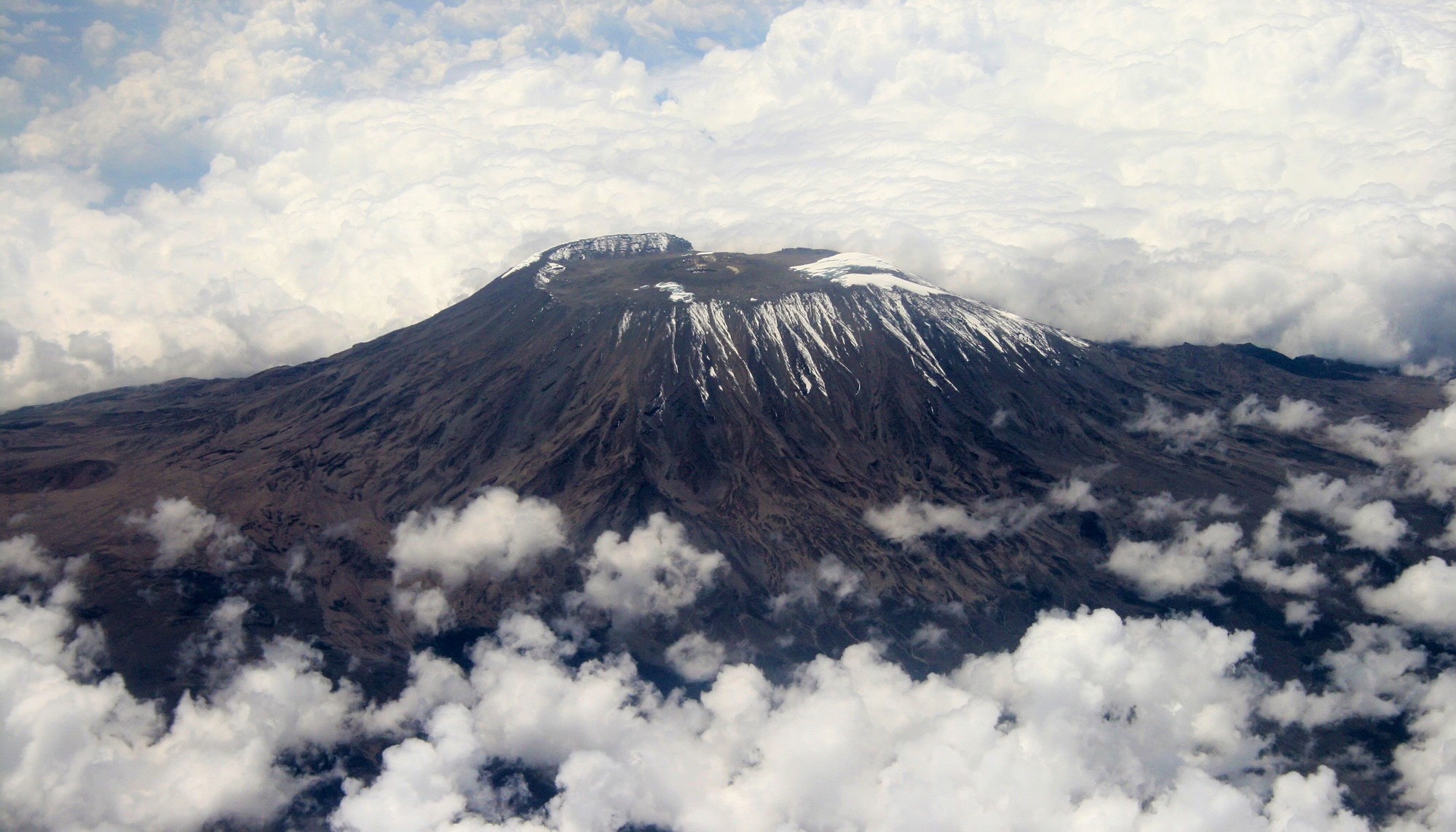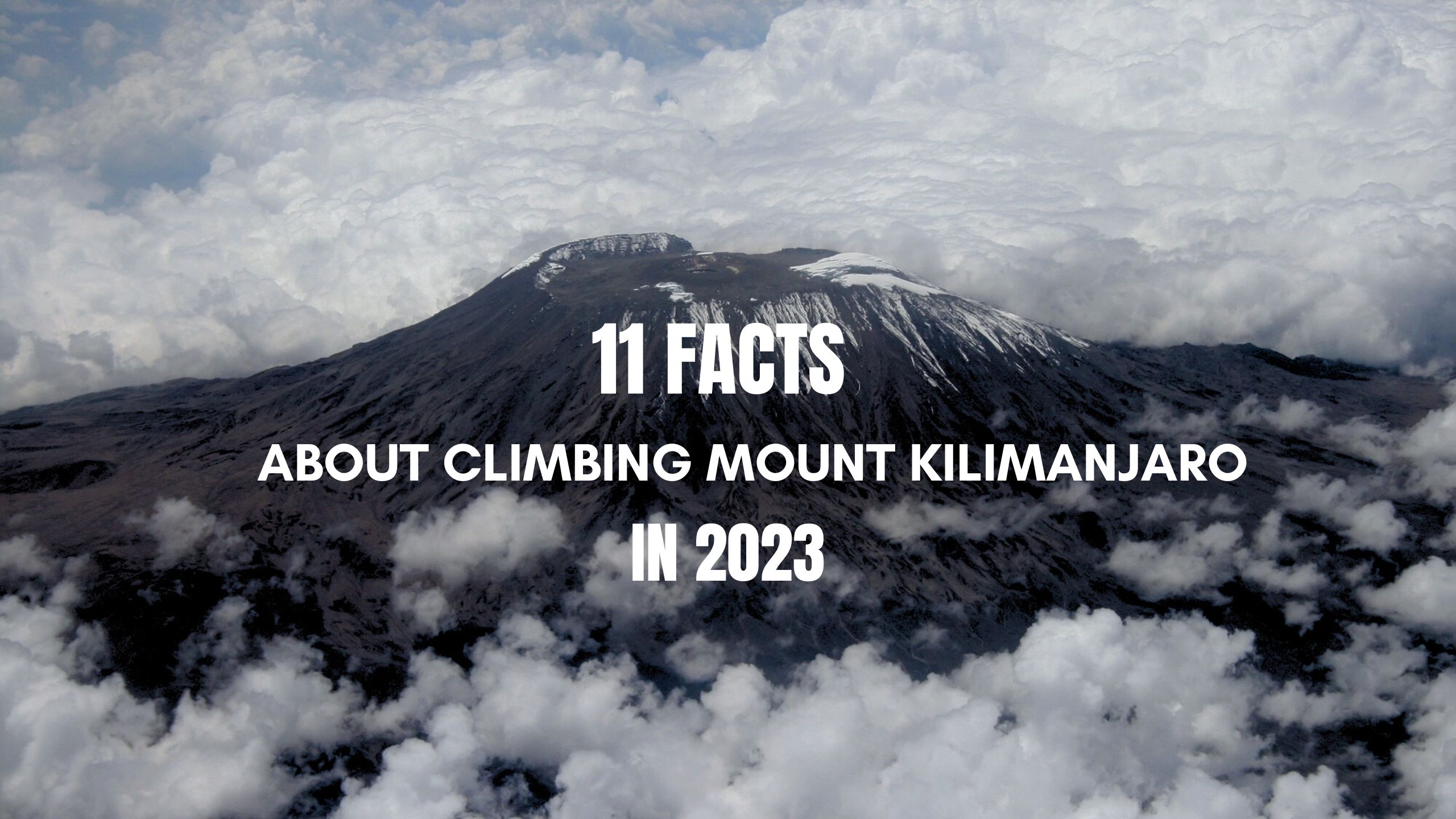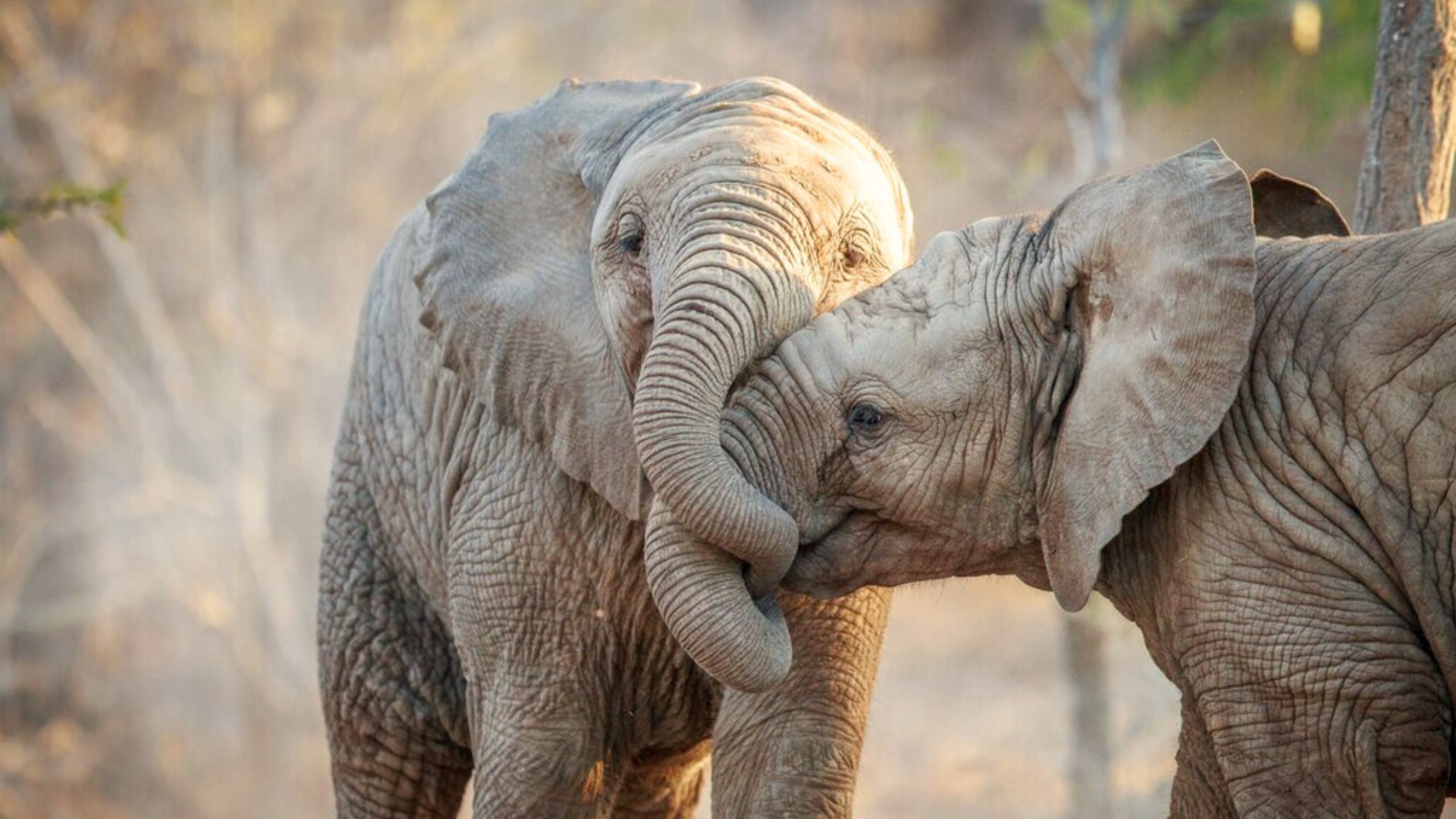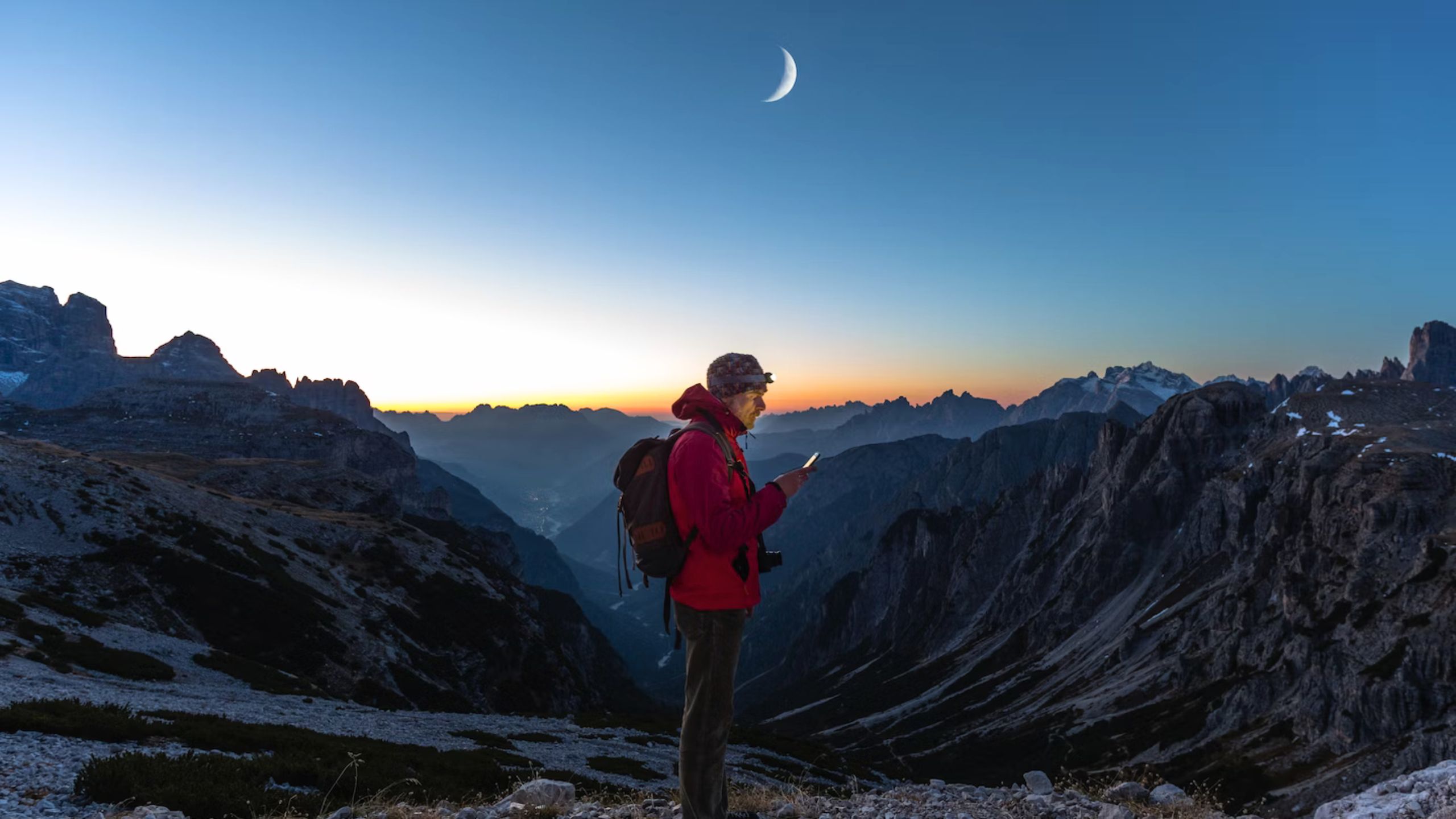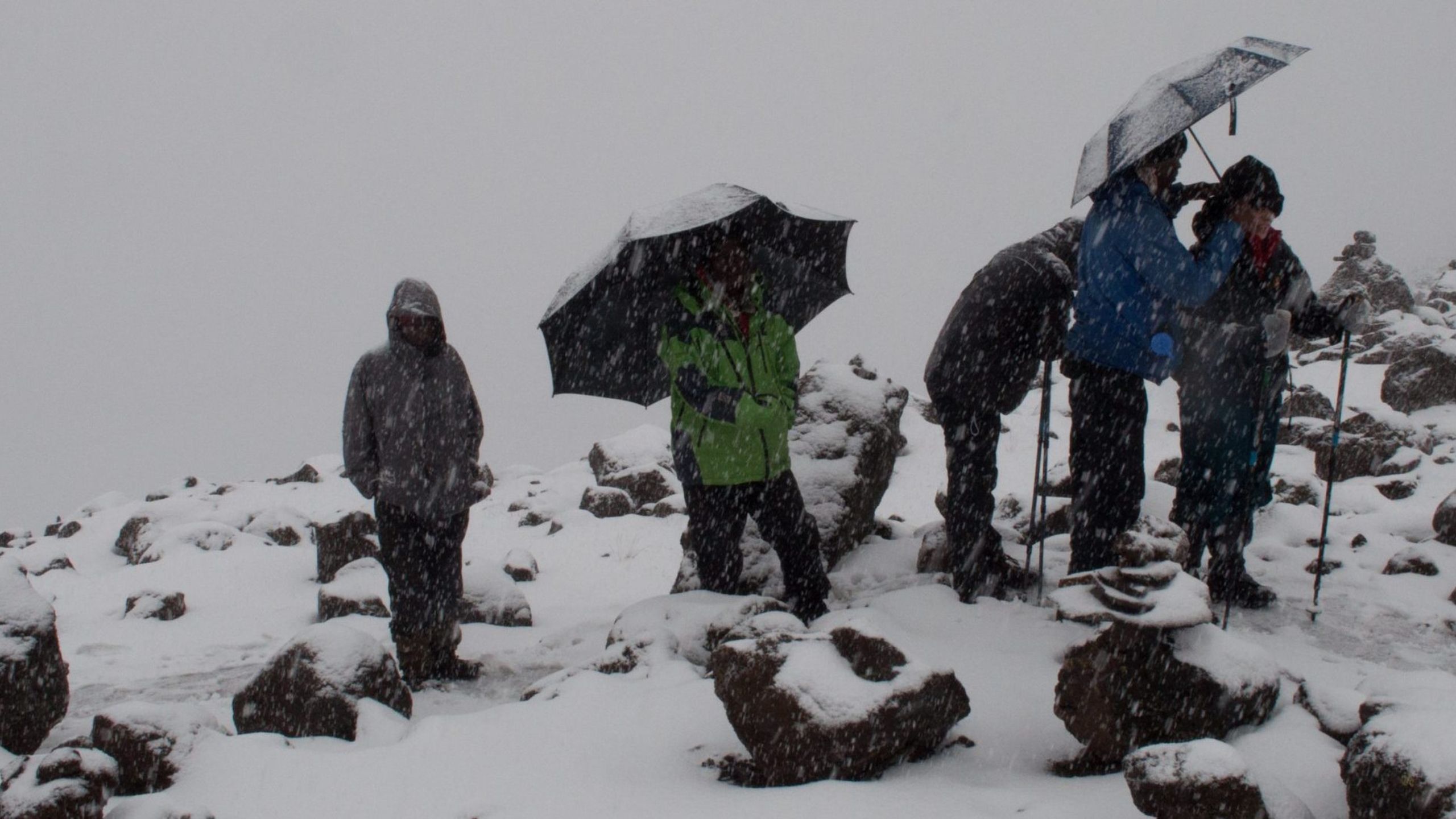Facts Climbing Mount Kilimanjaro is a remarkable adventure that attracts thousands of climbers each year. Standing tall as the highest peak in Africa, it offers breathtaking views, diverse landscapes, and a unique challenge for outdoor enthusiasts. Here are 11 facts about climbing Kilimanjaro to enhance your understanding of this iconic mountain:
1. Geographical Location and Background :
Mount Kilimanjaro is located in northeastern Tanzania, near the border with Kenya. It is part of the Kilimanjaro National Park and is situated approximately 300 kilometers south of the equator. Comprised of three volcanic cones Kibo, Mawenzi, and Shira Kilimanjaro is the highest peak in Africa, offering a majestic presence and captivating allure.

2. Height and Elevation :
Standing at a staggering height of 5,895 meters (19,341 feet) above sea level, Kilimanjaro’s summit, known as Uhuru Peak, is a coveted destination for adventurers and nature enthusiasts alike. Its lofty altitude presents both a physical and mental challenge, requiring careful planning and preparation.
3. Climbing Routes :
Various routes lead climbers to the summit of Kilimanjaro, each offering distinct landscapes, challenges, and durations. The popular routes include Marangu, Machame, Lemosho, Rongai, and the Northern Circuit. Choosing the right route depends on factors such as acclimatization, scenic preferences, and overall fitness level.
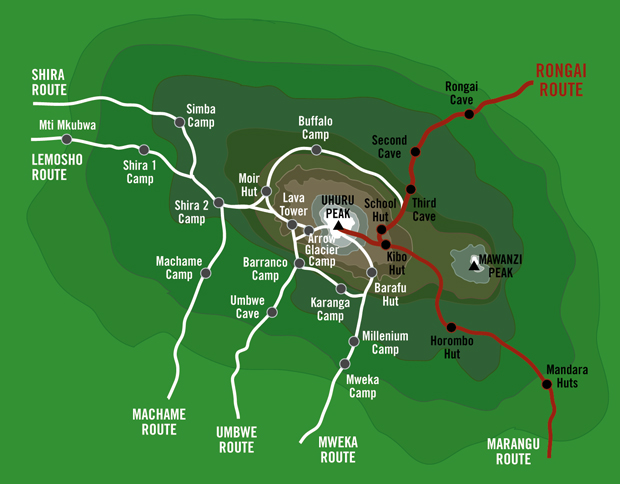
4. Climate Zones :
Climbing Kilimanjaro offers a unique experience as you traverse through different climate zones. The mountain’s diverse ecosystem presents five distinct zones: cultivated farmland, rainforest, heath and moorland, alpine desert, and the arctic zone near the summit. These zones contribute to Kilimanjaro’s remarkable biodiversity and scenic beauty.
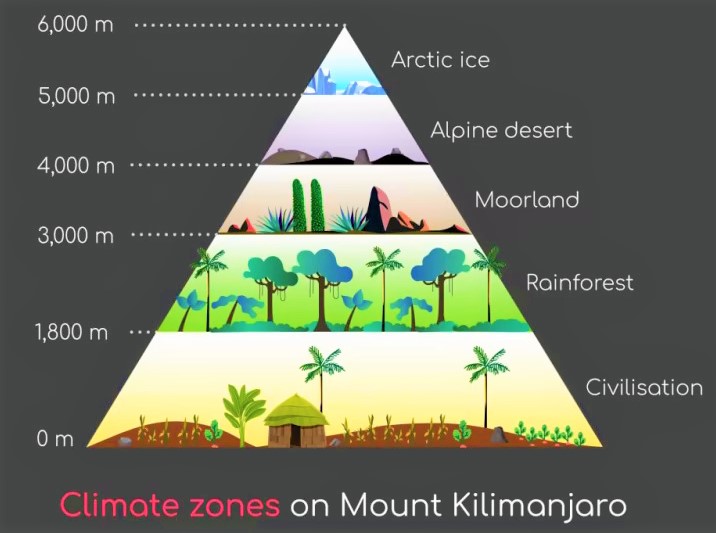
5. Altitude Effects and Acclimatization :
Ascending to high altitudes carries inherent risks due to decreased oxygen levels. Altitude sickness, or acute mountain sickness (AMS), is a common concern. Proper acclimatization through slow and steady ascent, along with adequate rest days, allows the body to adjust to the changing altitude and reduces the likelihood of AMS.
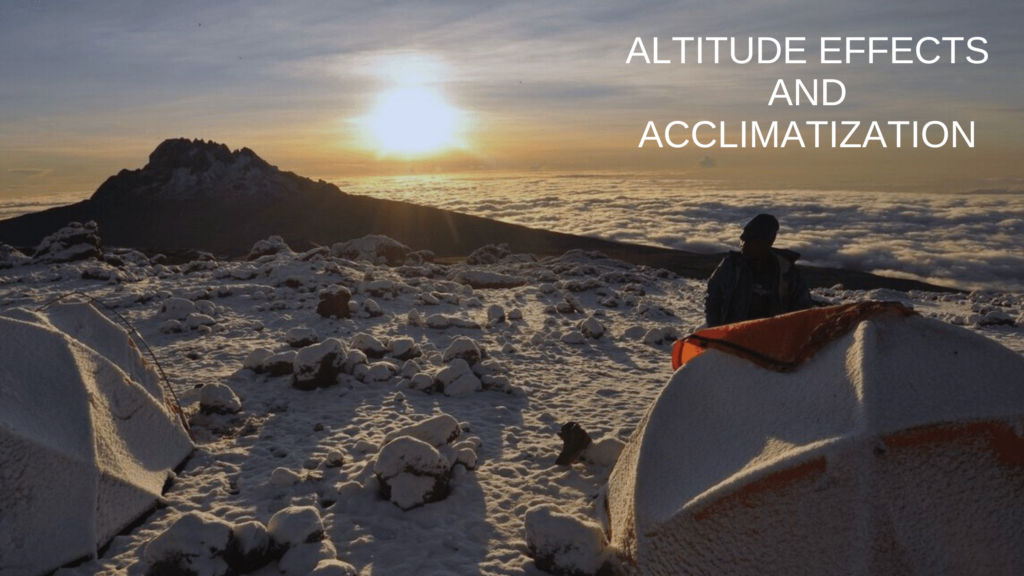
6. Duration of the Climb :
The duration of a Kilimanjaro climb varies depending on the chosen route and the climber’s preferences. Most treks span between 6 to 8 days, allowing for proper acclimatization and enhancing the chances of reaching the summit successfully. Longer routes, such as the Northern Circuit, offer better acclimatization due to their extended duration.
7. Flora and Fauna :
The lower slopes of Kilimanjaro are blessed with lush rainforests, harboring a rich array of flora and fauna. Trekking through these enchanting forests exposes climbers to diverse plant species, such as ancient ferns and towering trees. Wildlife sightings may include monkeys, colorful bird species, and even the occasional elephant or buffalo.
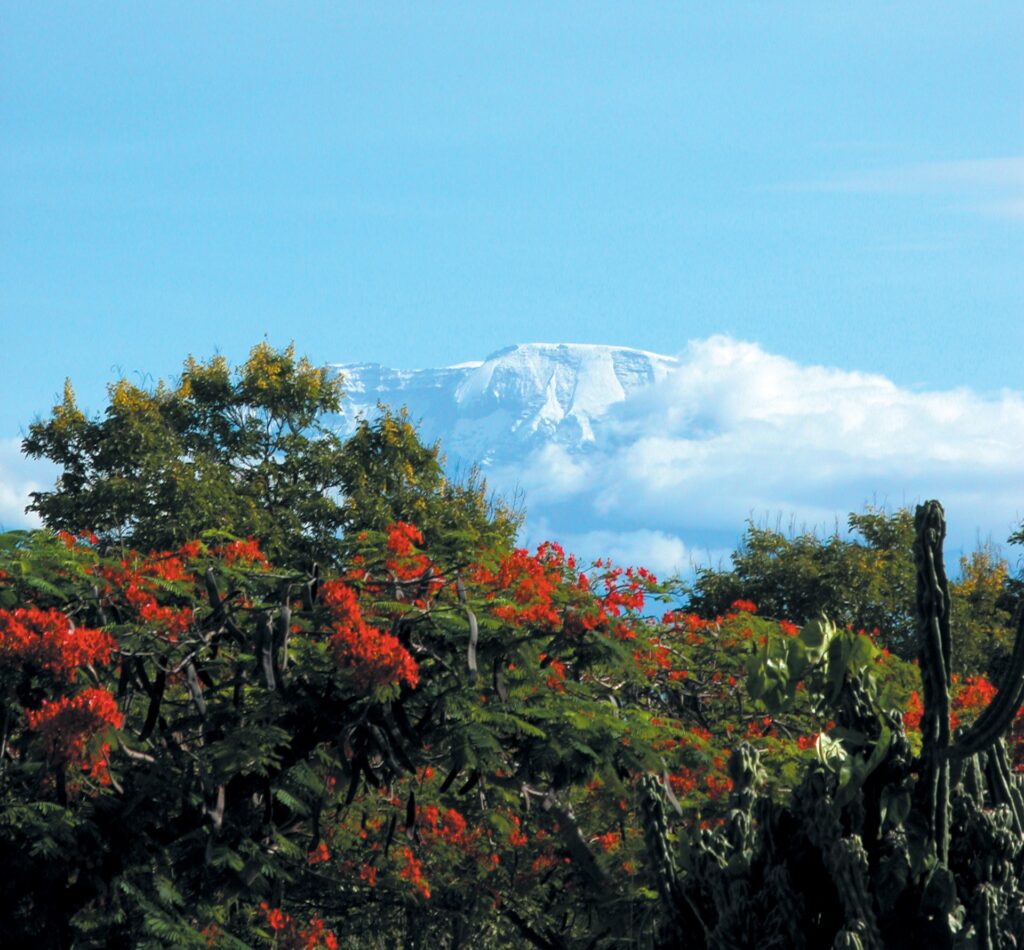
8. Summit Success Rate :
The success rate of reaching Kilimanjaro’s summit varies depending on several factors, including the chosen route, the climber’s fitness level, and their ability to acclimatize. On average, the success rate hovers around 60-70%, with careful planning and preparation significantly increasing the likelihood of a successful summit bid.
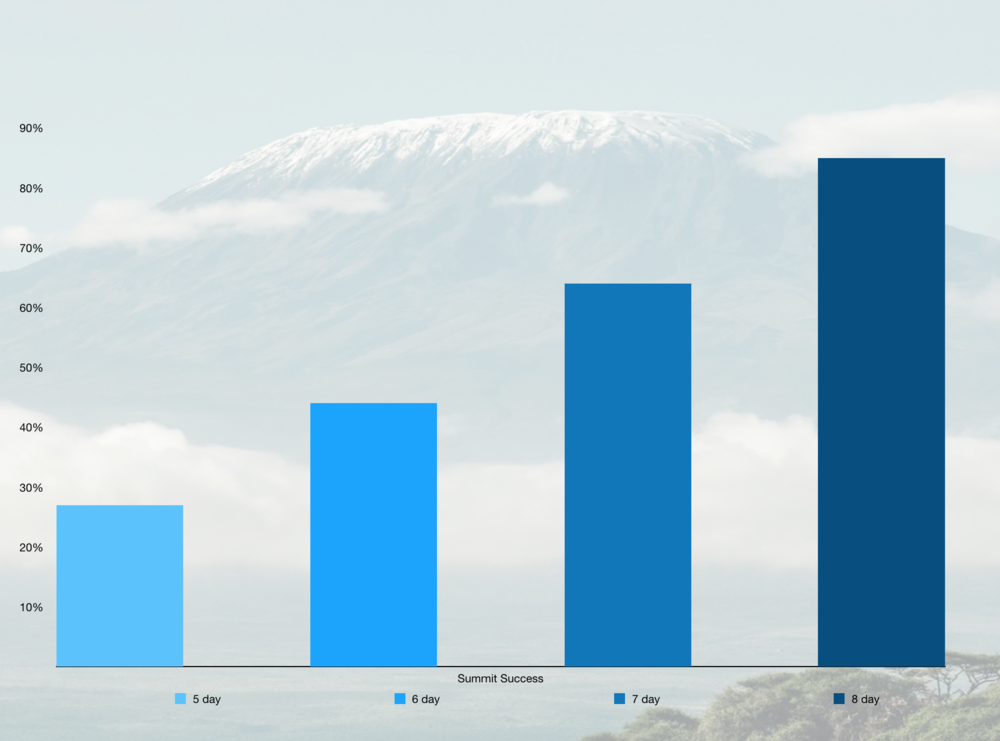
9. Equipment and Gear :
Climbing Kilimanjaro requires specific equipment and gear to ensure safety, comfort, and success. Essential items include sturdy and well-fitted hiking boots, moisture-wicking clothing, layering systems for varying climates, a reliable sleeping bag suitable for low temperatures, trekking poles, a headlamp, a backpack, and essential personal items.
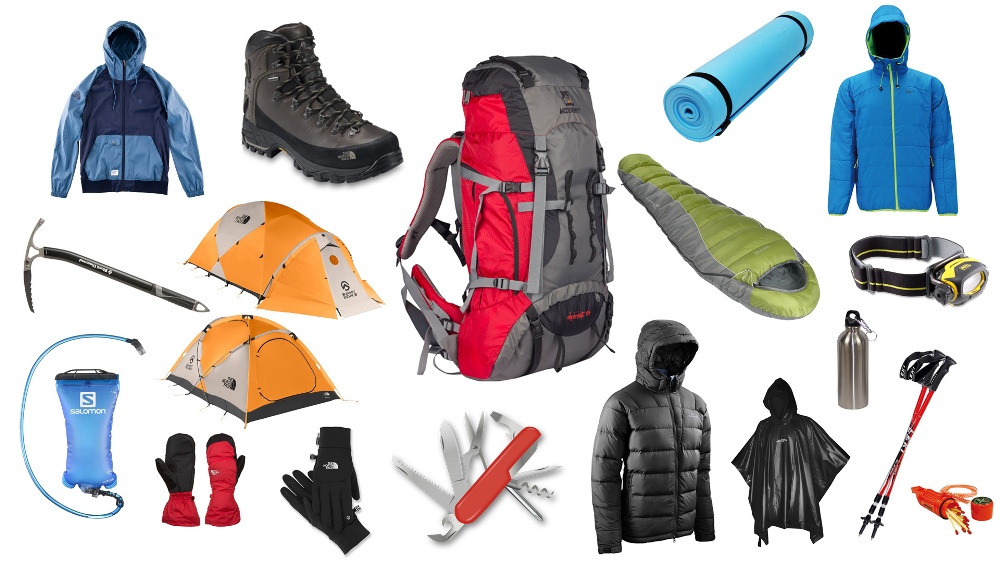
10. Porters and Guides :
Engaging the services of local porters and experienced guides is highly recommended and widely practiced when climbing Kilimanjaro. These professionals play a crucial role in supporting climbers throughout the journey. Porters assist with carrying equipment, setting up camps, and providing a helping hand, while guides offer valuable expertise, ensuring safety and navigation.
11. Cultural Significance and Interaction :
Mount Kilimanjaro holds immense cultural significance for the local Chagga people, who consider it a sacred mountain. Engaging with the local culture during your climb can deepen your experience and foster a greater understanding of the region’s traditions, rituals, and folklore. Interacting with the Chagga people can be a memorable part of the Kilimanjaro adventure.
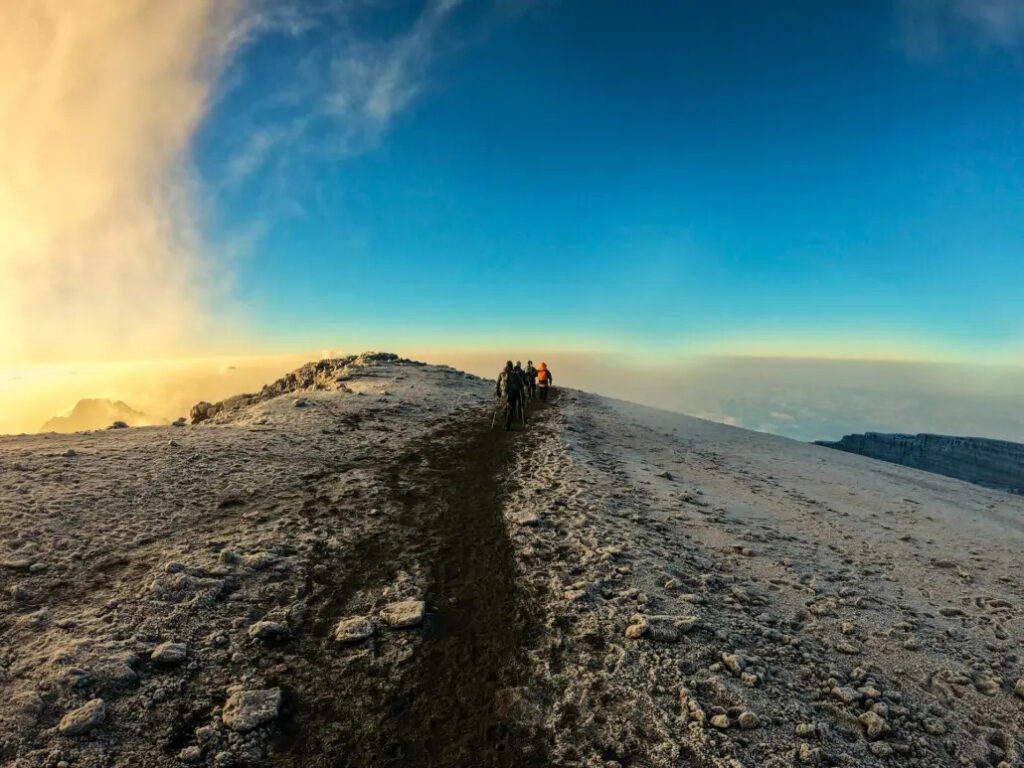
These facts offer a glimpse into the world of climbing Kilimanjaro. However, it’s important to remember that this is not an exhaustive list, and further research and guidance are essential before embarking on such an adventure.

